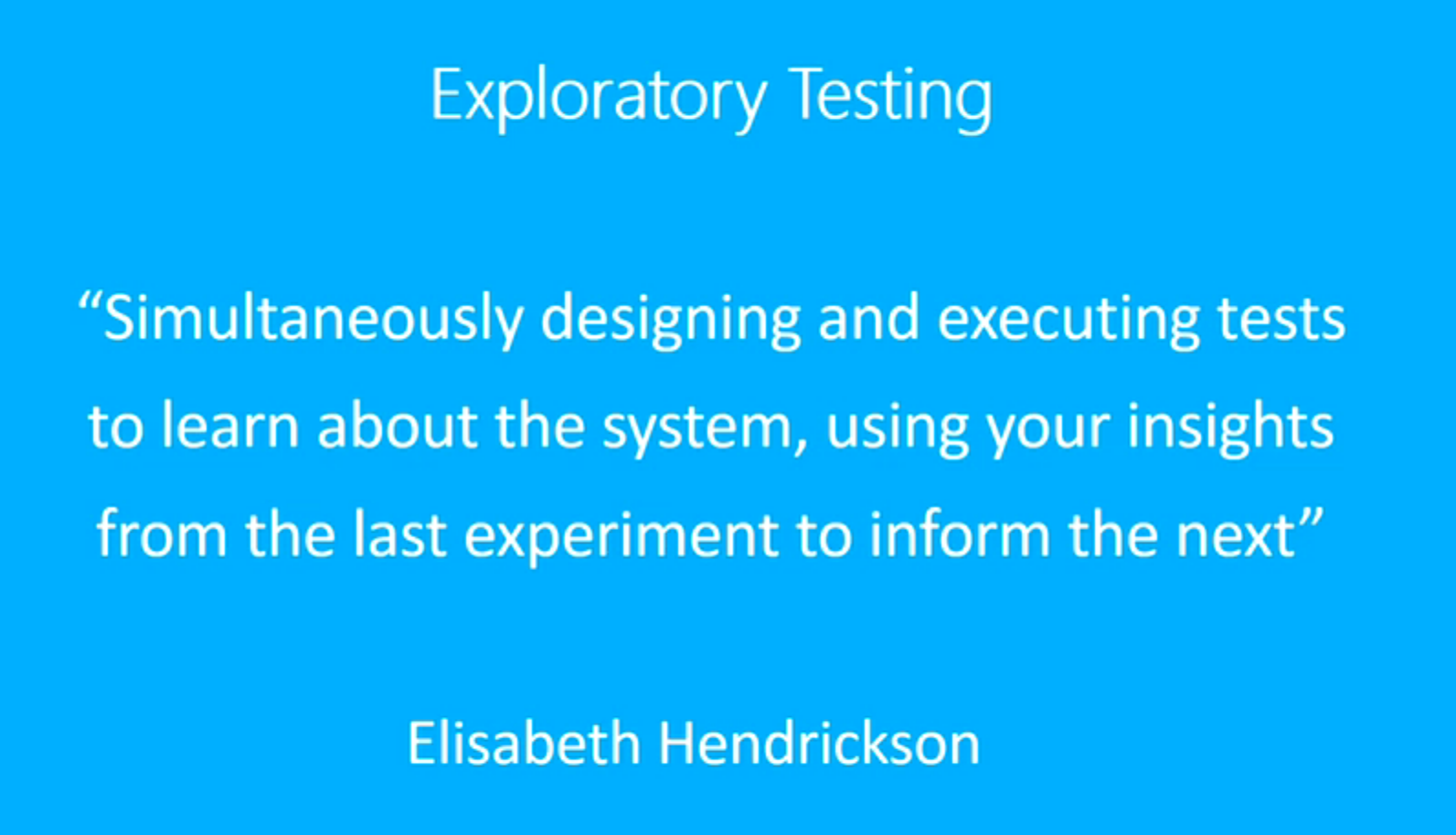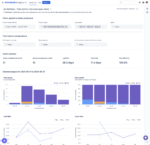
The biggest cause of defects in software is related to problems with requirements. According to Hindsight Software founder Alan Parkinson, more than 54 percent of defects can be traced to miscommunication of requirements.
The company last week released an update to its BehavePro editor, an add-on to Atlassian’s JIRA defect-tracking tool, that gives product owners, developers and testers a place to work out application scenarios in a commonly understood tool. The teams, Parkinson said, “come up with examples and scenarios of how software should behave, and then those can be tested. There’s miscommunication in user stories. But once you instantiate it, the brain can understand it, and question it.”
The new v1.5 release adds traceability, so if you’re managing your user stories in JIRA, problems found during the development and testing process can be traced back to the requirement.
Hindsight Software takes a manual approach to behavior-driven development, which would seem to fly in the face of the drive for faster integration and delivery organizations are seeking to achieve through the use of DevOps practices.
Parkinson explained. “We believe that not all tests can be automated. Usability testing can’t be automated. You need a person. Scripting often isn’t effective because the risks in an application change as it changes, and different work has different risk levels. And some tests are expensive to automate, and there comes a time when you get diminishing returns.” Exploratory testing, he said, complements automated testing, but takes a risk-based approach. So to address this, the update introduces the ability to perform Session-Based Test Management. “A session in a time-boxed period between 45 minutes and two hours, where a tester is given a risk to focus on. He can dynamically come up with test ideas, run them, and design new tests where needed. And he can vary the testing based on the risk.”
Parkinson elaborates on this in a blog he posted yesterday.






